Serious birders possess two main traits: a love of birds, which I share, and a love of organized lists, which I most definitely do not.
Birding is a popular hobby (arguably the most popular hobby) both in my profession and among Nature Conservancy members. I’ve had ample opportunity to watch birders watching birds. I am struck by their mania for anything with feathers. I am also struck by their mania for organization and lists. Trips are planned to maximize sightings. Big days and big years are plotted with the efficiency of military campaigns. Sightings are logged on spreadsheets and apps.
I lack this level of organization, as anyone who has visited my office will attest. I view spreadsheets much as I do dental visits: tolerable and at times necessary but hardly something to build your free time around. I like identifying birds, but ticking off species after species after species day after day loses its appeal quickly. I’m too easily diverted by sightings of mammals or fish or historic sites.
A guide in Brazil’s Pantanal once told me that he had a group of birders who got impatient because he spent too much time showing them a jaguar. A jaguar. I lack that level of discipline and focus. I also would frankly rather see the jaguar.
The obsessive side of birding makes for entertaining reading, and even humorous movie material. It can also be daunting for potential new birders. I recall another outing with a local bird club, where I found myself in a car for a day with a guy who delivered a non-stop monologue, Rain Man style, on warbler identification. As he droned on about wing color variation, for two hours, I could understand why someone might want to take up golf instead.
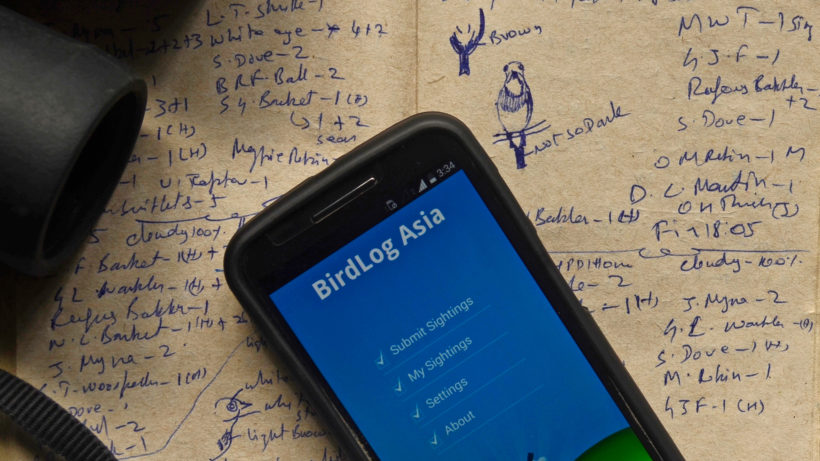
But fear not, haphazard birders. You do not have to launch big years or detail your sightings on spreadsheets. Here are some ways to enjoy all the fun of birding – without the need for list making. And I’d love to hear from readers: What’s your approach to birding?
Observe Birds
Yes, I know, it’s stating the obvious, but it bears repeating: birds are cool to watch. Not just to identify, but to watch. One of the reasons birding is a more popular pastime than mammal watching (much as I hate to admit it), is that birds are generally easy to observe. It also means you can readily watch them go about their daily lives: feeding, roosting, hunting, nesting, mating and more. Even common species exhibit fascinating behavior if you spend some time with them.
Go to the local city park and watch the annual soap opera that is mallard mating season. Observe, really observe, an American robin building a nest. Or a pileated woodpecker chiseling a hole. Or a Cooper’s hawk hunting the songbirds at your feeder. There’s a lot of drama playing out, right outside your door.
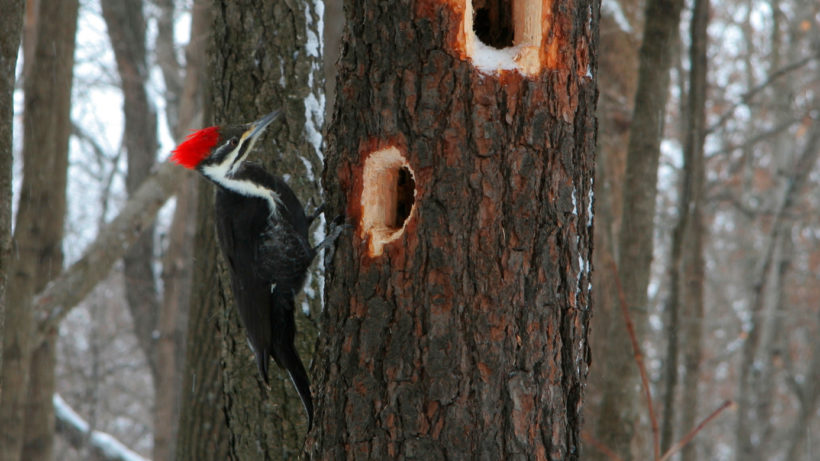
Learn the Neighborhood
Identifying birds is enjoyable, and the easiest way to start is by learning the birds in your local neighborhood. You can keep a list, or not, but the goal here is to know and observe your feathered neighbors.
My wife keeps a little notebook marking when we see some key species, like spotted towhees and Lazuli buntings. She stows it by our window. This can be an informal way to track when species show up each year.
It adds fun to a stroll around a park or neighborhood to know the birds you regularly see. You’ll almost assuredly notice more than you ever thought were there.
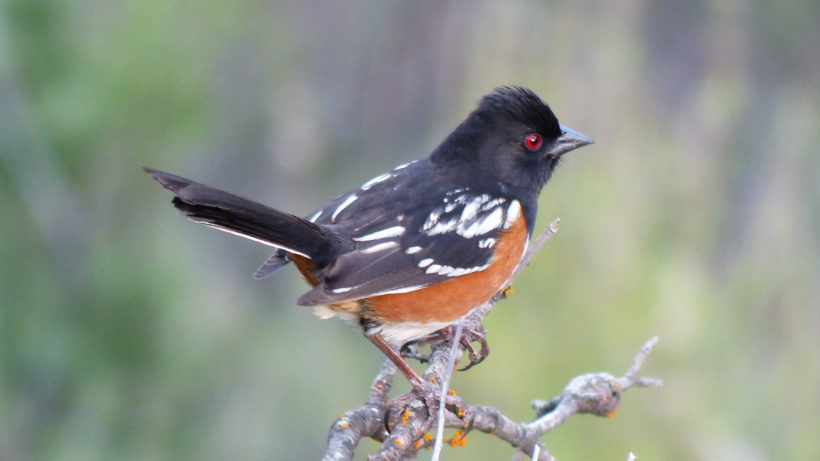
Enjoy Bird Spectacles
Many birding trips are organized to pack as many species sightings in as possible. This often means lots of driving, and little sleep. That can be a lot of fun, at least for some. But you could also organize a trip around seeing a natural spectacle, rather than seeing different species. Large concentrations of birds are some of the most awesome and inspiring natural wonders. You need time to take it in, not rush from one sight to the next.
You will probably see plenty of species as you watch the annual raptor migration at Hawk Mountain, Pennsylvania, but a big part of the experience is just taking in the totality of the migration. Other examples include the congregation of sandhill cranes on the Platte River, sage grouse and prairie chicken mating displays, sea bird nesting colonies and waterfowl and shorebird migrations. You can appreciate any of these even if you’ve never cracked open a field guide.
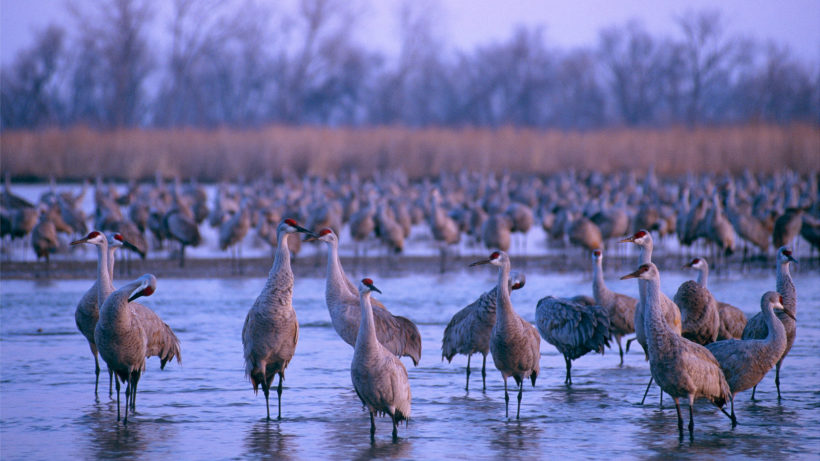
Learn Bird Songs
Serious birders have a keen grasp of bird vocalizations (and some even count birds they have heard as part of their list). But anyone can learn to identify the morning and evening chorus. It adds another element to enjoying birds.
There are apps that can help. Because I have a thing for field guides, I recently picked up The Backyard Birdsong Guide by Donald Kroodsma (Cornell Lab of Ornithology). It is an audio field guide in book format, and a very enjoyable way to learn the common birds around you.
Narrow Your Goals
Any serious birder will tell you that setting goals is a big part of the fun. But if a goal like a “big year” seems too big, just narrow your focus. You could set the goal of seeing an elusive local species. (For me, this year I’d like to see a merlin, a bird often reported locally that I’ve never seen). Or you could set a longer-term goal of, say, seeing all North America’s owls. This would be tremendously challenging but would require a different approach than having a big year.

I have a special interest in observing and identifying waterfowl. I’m always on the lookout for new duck species. While I still struggle with warblers, I can tell you what duck just flew by, even if it is 10 minutes before dawn (admittedly, this is due to my love of waterfowl hunting, which also requires bird identification skill).
Spot Local Rarities
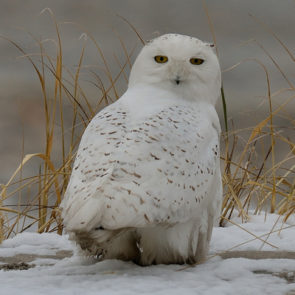
When a rare bird shows up, it’s common for avid birders to immediately book trips and converge on an area. That is an aspect of birding that many criticize. But “critter quests” are fun, and you don’t have to jet across the continent to do it. When a local rarity shows up – and local birding clubs and social media groups often send alerts – it can be tremendous fun to seek out that bird, even if you’re not a lister. A lot of times you’ll be rewarded with a beautiful species you would not normally see.
I’ve recently seen a northern hawk owl and a snowy owl, both unusual sights in Idaho. I’ve also had some outings that have not resulted in seeing the quarry, but it’s still fun just to be out there looking for something specific.
Please be sure to always respect the birds, people and property when you’re on your bird quest.
Participate in Citizen Science
Whatever your birding interest, you can make your observations count. Gathering bird observations from birders has become an important way for researchers to track conservation trends. Amateur sightings have documented the spread of northern cardinals north, and the invasion of non-native Eurasian collared doves across the country, among many other trends.
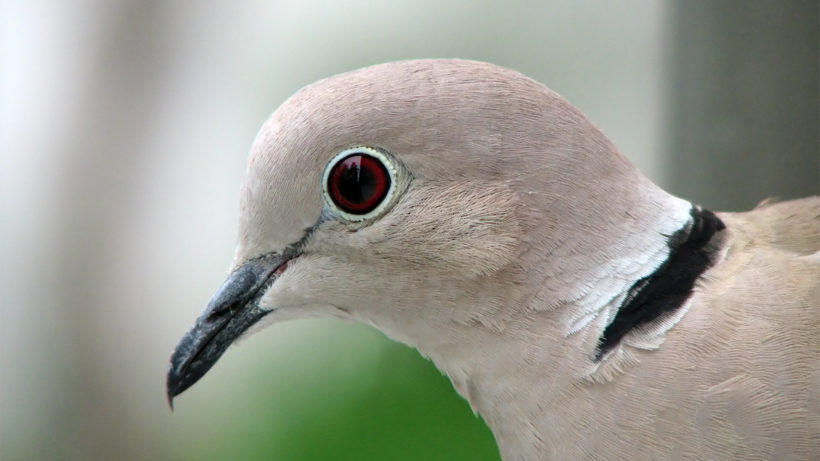
The Cornell Lab of Ornithology’s Great Backyard Bird Count and Project FeederWatch are two of the most popular projects. Both are very easy to do, even for those of us who are a bit disorganized. When I count for the Great Backyard Bird Watch, I note my sightings in a notebook, then note that in the GBBC’s user-friendly web site – no spreadsheets required. Other citizen science projects merely ask you to note when you’ve seen an American robin or hummingbird.
Many local nature centers, state fish and game departments and bird observatories offer opportunities to assist with bird banding, censuses and other activities. This is a great way to see birds up close and help conservation at the same time.
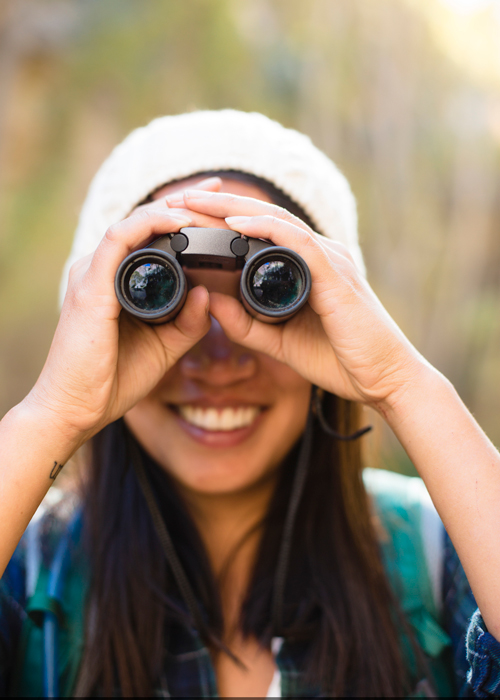
Incorporate Birding Into Other Activities
Observing a serious birder can give the impression that the activity demands foregoing all else, not excluding eating and sleeping.
I’ve found that birding actually goes well with other activities. You can identify birds whenever you are outdoors. In fact, I’ve had some of my most memorable sightings while fishing, hunting, hiking and cross-country skiing. You can simply pack along a field guide on your trip, and you’ll be surprised at the species you see, simply by being aware. And you can still enjoy a nice meal and cold brew at the end of the day.
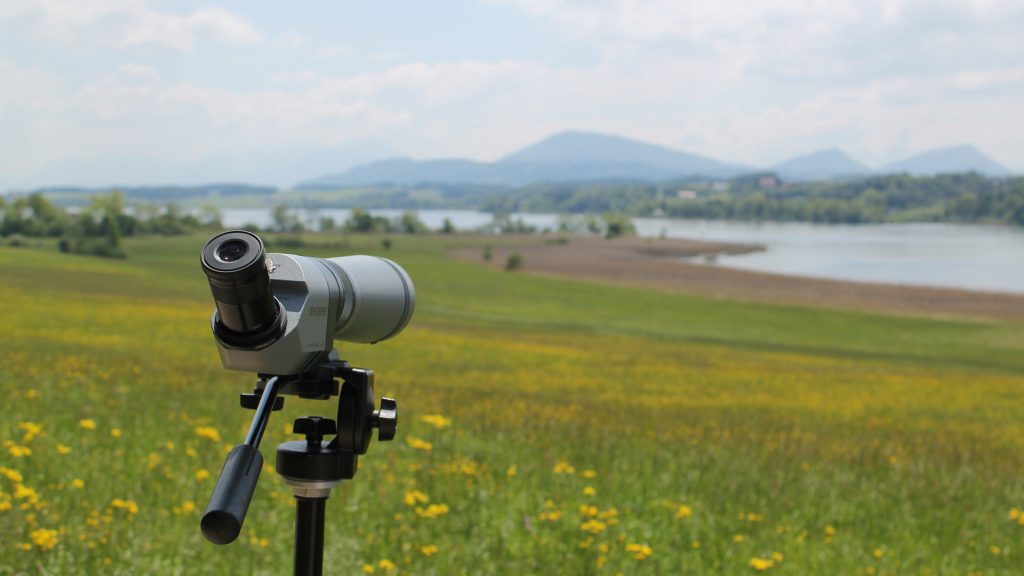


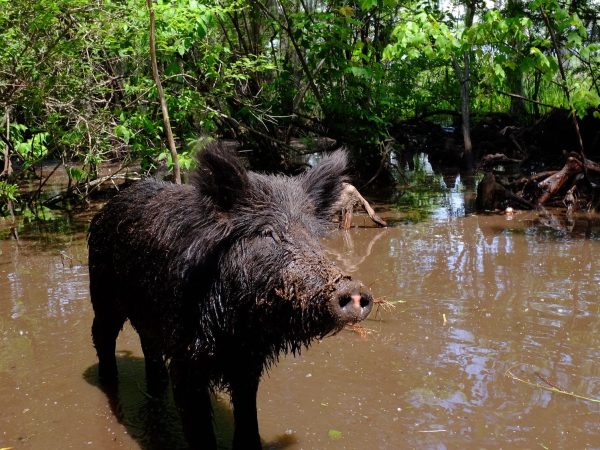
I recently attended what was supposed to be my dream trip to Borneo and it was completely ruined because all the other participants as well as the guide were obsessed with finding rare birds and with ticking off new birds on their lists. They actually voted not to take a boat ride to try and find pigmy elephants. I ended up back in my room in tears. To me it was absolutely comical to watch them get a one second glance through their binoculars of a new bird, usually mention to someone or another what a great view they had, and then add it to their list. Of course I was happy to see new birds as almost all of them were except for a few I had already seen in Australia, but I really wanted to enjoy the birds and come back with nice photographs to enjoy for the rest of my life. We would literally spend three hours standing still in a particular spot while the guide would call a rare bird over and over and over again. This was even done at the beginning of the tour when we hadn’t seen hundreds of birds found in Borneo yet! Sometimes we would start tours in the dark at least an hour before I would ever be able to get a decent photograph. This trip has turned me off so much that I don’t think I can go on another bird tour again. And this was my retirement plan – to go on bird tours all over the world. Now I am so depressed because I don’t know what I am going to do for holidays or excitement anymore.
Debbie,
Sorry you had such a miserable trip. Hardcore birding trips have always seemed like they would be a bit of a slog. I would note there are many other options for birding/nature enjoyment than the specialized bird-listing tours. Look into general wildlife trips, mammal-focused trips, or national park trips. There are many options and price points available. DIY trips where you arrange with local guides can be a lot easier to arrange than you think. Good luck and have fun!
Matt Miller
I realize this is an old blog post, but the issues remain relevant. I am not a focused birder, I’m well-rounded naturalist who enjoys observing and trying to identify every wildflower, tree, grass, shrub, weed, butterfly, moth, bee, wasp, other invertebrates, bird, reptile, mammal, cloud and star that I encounter. I do this because I’m fascinated by the world around me. When you can identify the fora and fauna around you, then you feel more at home in the world. I also became a fluent speaker in our local Native language (Nuwä or Kawaiisu) because that opened up more awareness of the natural world as well.
I keep no lists and don’t compete in any way. And every year is a Big Year for me.
Thanks Matt!
Agree with this 100%! As a lifelong birdwatcher (not a birder), beginning when I was about 8 and making bird feeders out of empty milk cartons, I have always focused on the birds and behaviors, rather than ticking off a box. And it’s the reason I continue to call myself a birdwatcher, rather than the current “birder” designation. But to me, a birder denotes someone just in it for the count, where I just love birds.
Do I keep a life list? Yes, but not to rack up a count, more to just remember when and where I first saw a species. And with some incidentals it’s fun to see – oh, yes, I last saw this warbler species when I lived in the house on 200th Avenue, 10 years ago. Or, as you note, to record when I see (or hear) the first Swainson’s thrush each year, or the black and white warblers. A trip to go see birds sounds fun, but it’s partly because a new habitat is always fun (a marsh or shoreline vs my backyard woodland), and not at the expense of the rest of nature. Birds are our portals to nature, and make everything better.
Sitting here at my computer, working from home during the pandemic, when the downy woodpecker or golden crowned kinglets show up outside my window to peck at the winter branches of the elderberry shrub I am both thrilled and enchanted. Every. Single. Time.
Bravo! I am a professional NeuroOrnithologist (Specializing in bird brains), and can spend hours watching a few birds feeding. Many novel features to be discovered.
No list for me I try to photograph anything I see that be bird animal plant are bug keep it. Simple and go out and enjoy nature